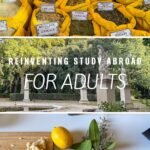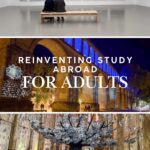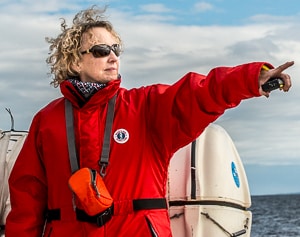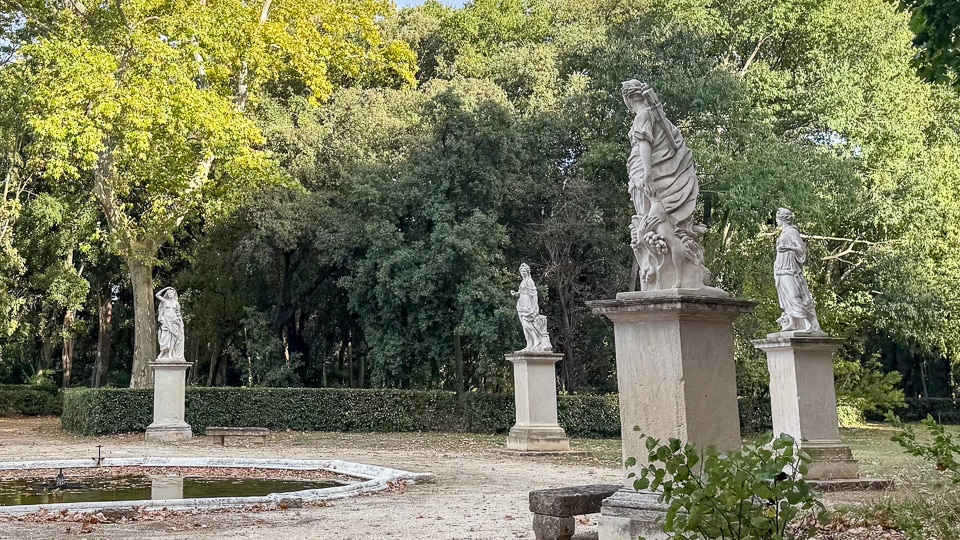
How many of us were given our first opportunity to study abroad when we were students, getting college credit to travel overseas and study? The emphasis at that young age couldn’t help but be the travel experience, followed distantly, if at all, by classes that may or not be recalled years later.
For my part, I first flew overseas as a junior in college, to study art history for seven weeks in Florence and theater for seven weeks in London. It was a gift – of credits and experience. What could be better, I thought, than sitting in the Duomo listening to the world’s leading expert on Michelangelo talk about the man and his art as we sat just feet away from his pieta?
But education, as they say, is wasted on the young. “Who said that,” I asked? “I don’t know,” said Tom, “But when I think of how much more I could have gotten out of my education at this age than when I was 19…” His thoughts drifted off as he turned back to his book.
For those of us who find travel an excellent way to keep learning, new sorts of study abroad programs are meeting our needs.
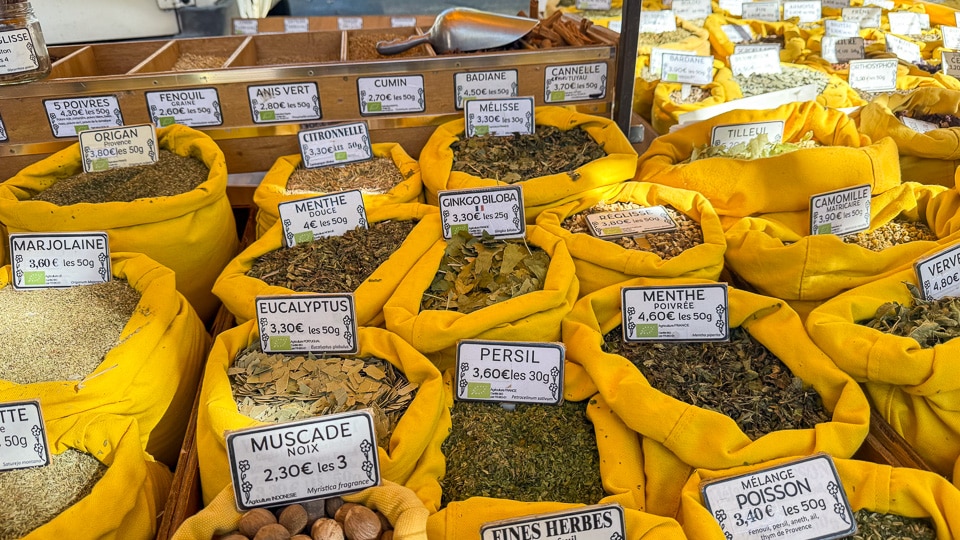
Table of Contents
Elective Study Abroad
Elective Study Abroad was founded for us, that is the collective ‘we’ who crave answers and ask a lot of questions. The overused terms ‘lifelong learners’ and ‘curious travelers’ might begin to describe the target audience for Elective Study Abroad. But founder Carrie Angoff, a former executive in the study abroad field, a former director of non-profit cultural exchange programs, and an American living in Paris, has created a particular program that moves beyond the stuff of private guides and into the classroom of the destinations.
Her Elective model combines experiencing the curriculum first hand – at destinations around the world – with the energy and advantage of discussions with fellow students, facilitators and locals. Her stated mission is “to bring academic learning, meaningful travel, and cultural connection to curious minds at any stage of life.”
Wherever the courses are held, the destination becomes a natural classroom complete with instructor, select background reading, field trips, extracurricular activities, and fellow students sparking interesting conversations.
The courses to date have been held in Andalucía (Spain) and in Paris and Montpellier, France, with upcoming session planned for Istanbul, Sicily, Morocco, Brittany, Copenhagen, Slovenia, Scotland and more. The broad field of studies inspired by these locations include art, of course, but also mythology, history, religion, architecture, ecology, urban studies and sustainability. No matter the venue or curriculum, all of these studies are certain to intersect with contemporary culture.
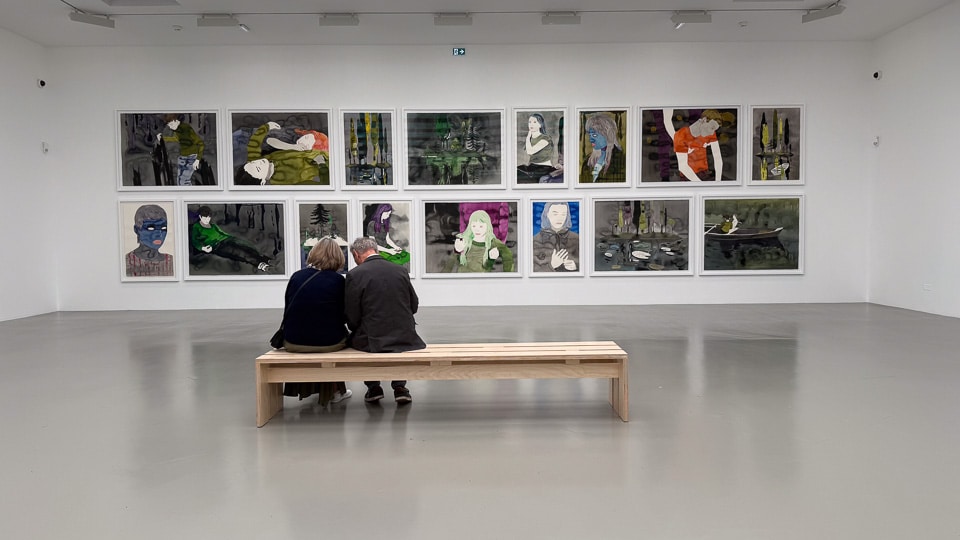
Montpellier: Art and Art de Vivre
We joined the first edition of Elective’s course in Montpellier and can use this as an example of Elective’s offerings. Ours was a week-long exploration of how art, architecture, and daily rituals reflect a distinctive Southern French sensibility – one shaped by classical heritage, contemporary vision, and a deep appreciation for the pleasures of everyday life.
Faculty
The instructor, Armelle Cassanas, holds a PhD in sociolinguistics with a focus on language and social interaction, and has taught courses on both art history and contemporary art. She's also studied theater and now leads a Montpellier-based theater troupe. She’s worked with international students and served as a cultural ambassador of France, spending two years abroad. She’s from the nearby fishing village of Sète, and shared some family recipes in an extracurricular cooking activity.
And, perhaps most fitting of all, Armelle found herself ‘helping out’ the Falguerolles family as they managed the restoration of the Chateau de la Piscine, and that’s where this small group of scholars stayed.
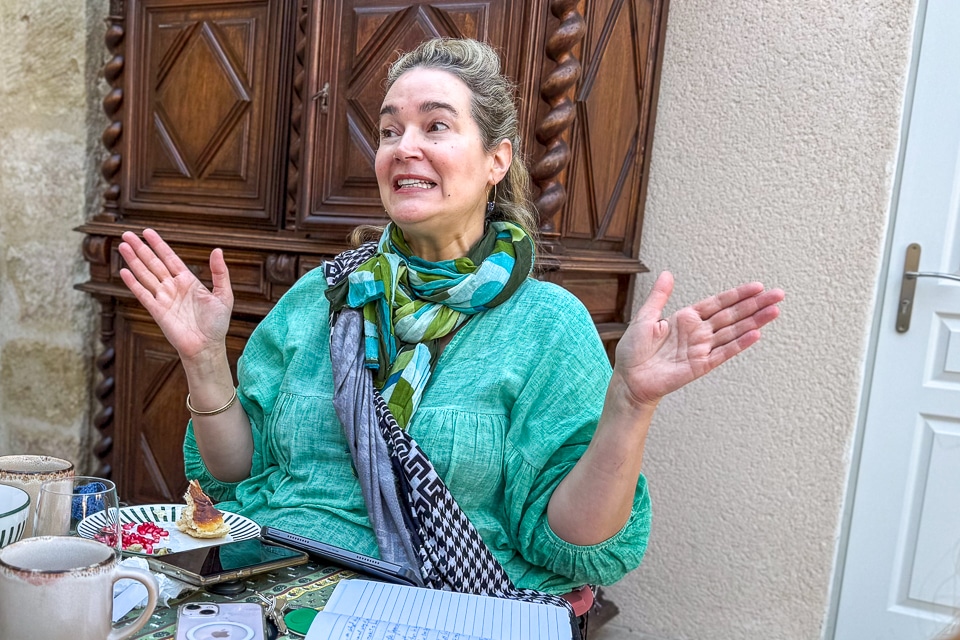
Accommodations
The 18th Century chateau, after undergoing a major, 15-year renovation, was an inspiring venue for our group. The guest quarters and event spaces are in a couple refurbished farmstead buildings. The chateau, still occupied by the family, opens its doors only rarely. We were among the first to stay and study there, and privileged to enjoy a welcome dinner and a private tour of the artwork and interior architectural features.
Since the Chateau was purchased by this family about five generations ago, the common thread has been sharing art with others. Current proprietor, Céline de Falguerolles, took time to talk about the family and heritage that’s inspired her to take on management of the property, developing new cultural events and forums to continue to make the Chateau lively, productive, and sustainable. [Look for our upcoming story about the chateau's history, renovation, and stewardship.]
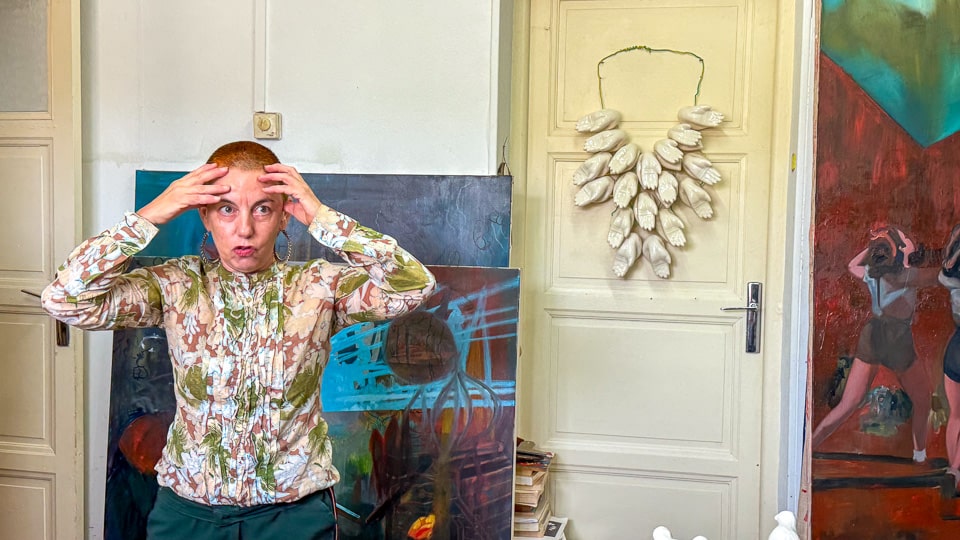
The Course
Our study focus under Armelle’s guidance was how perception is shaped by signs, connotations, and cultural codes – or representations, context, and interpretation. In other words, we examined the ongoing dialogue between the various eras and their distinct but connected artistic expression.
We most enjoyed the presentation of the concept of flâner – in simple terms, the art of strolling and taking it all in. (Does that sound like the art of traveling?) As opposed to more passive dolce vita or the intellectual bent of France’s café culture, flâner connotes the ability to observe and select, in a relaxed way.
We practiced la flânerie at the market, on the street, and in museums. A highlight of each day was making connections with other students, sharing our observations about, for example, similarities in art collecting in the 18th Century and today, or specific images recurring through the centuries.
Studying art, however, was at the center of the course. Besides seeing the collection at the chateau, we focused on the work of Pierre Soulages, the artist from this Occitanie region whose outrenoir (beyond black) style broke ground in the early 20th Century. The highly regarded Musée Fabre in Montpellier has a large permanent collection of his work, on top of their collection of masterpieces from the ages.
We were lucky to visit during a special Soulages exhibition. We experienced first hand the play of perception, viewing the surface of these primarily black paintings, but seeing light reflected or deeper colors emerging from the black.
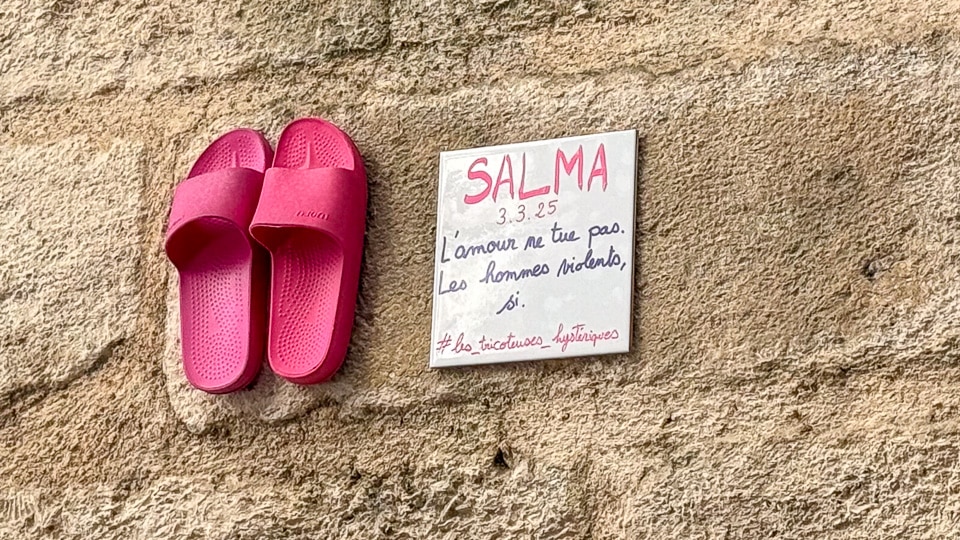
Other art stops included the JR exhibition at Saint-Anne, a deconsecrated church cum art space; the FRAC Occitanie Montpellier Museum which collects contemporary art, the studio/home of artist Aurélie Piau, and MIAM (International Museum of Modest Arts), a fun graphic and pop art museum in Sète. That’s not counting the endless street art found around town, the collection of world renowned architectural landmarks (Hadid, Starck, Nouvel, et al), and many more galleries, shops, markets and studios.
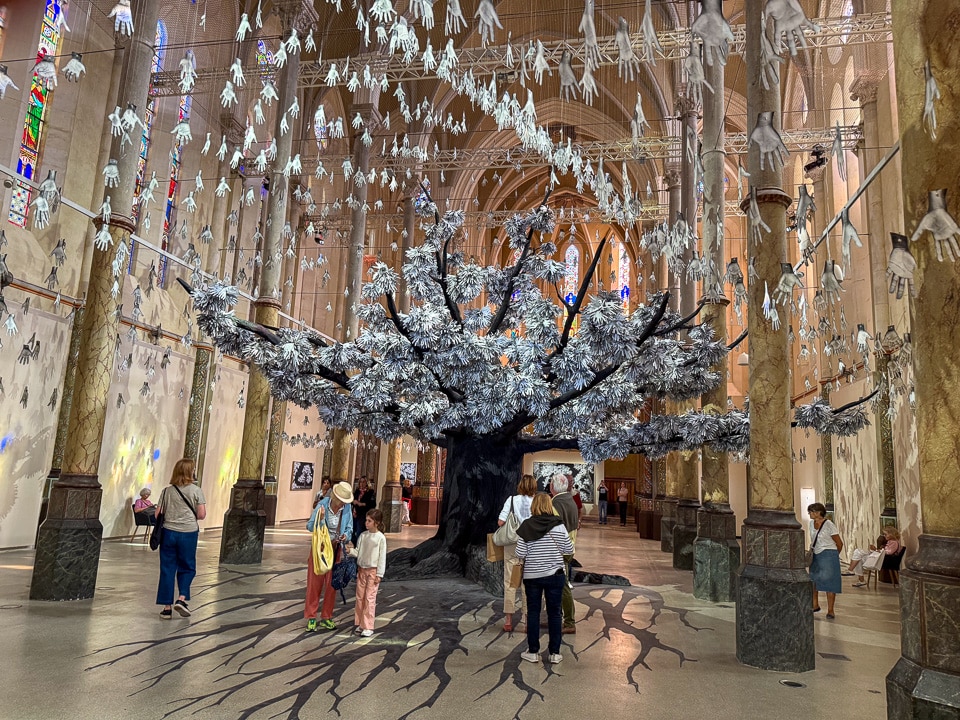
Self-Guided Time
What might have seemed on paper to be a wealth of free time was just the right amount to wander, flâner, amble about Montpellier. Alone or in little groups, we headed to the Botanic Gardens, MO.CO contemporary art museum, and along the river to view modern architecture. We wandered through the medieval center and into Montpellier’s Antigone neighborhood, the neo-classic 1980s development that connects the old to the new beside the river.
Montpellier’s city center is fun to walk. At nearly every intersection someone would find art on the building walls, sculptures, artful graffiti, or good examples of Space Invader art. Paris friends were earning points on their Flash Invader apps, sort of a artsy version of geo-tagging.
Social evenings, local wine
Most evenings, we gathered for apero, which invariably turned into a dinner of shared wine and appetizers. While getting to know each other and compare notes, it was fun to share tastes of sparkling, rosé, white and red wines. There's no shortage of reasonably-priced delicious Languedoc wines available. Or, we ventured into town to meet up in bars or restaurants for dinner.
The town center is an easy tram ride away, but hard to leave the beautiful chateau grounds. Even in early October, we could enjoy outdoor seating with our fresh fare, or lounge in the chateau courtyard or solarium.
The pre-trip organization
We were duly impressed with the concise pre-trip information from Elective. Recommended reading was helpful, not onerous. And for infrequent travelers or those new to the destination, Elective offered the essential details concerning money, weather, getting around, etc. Personal recommendations are readily available for those extending their stay.
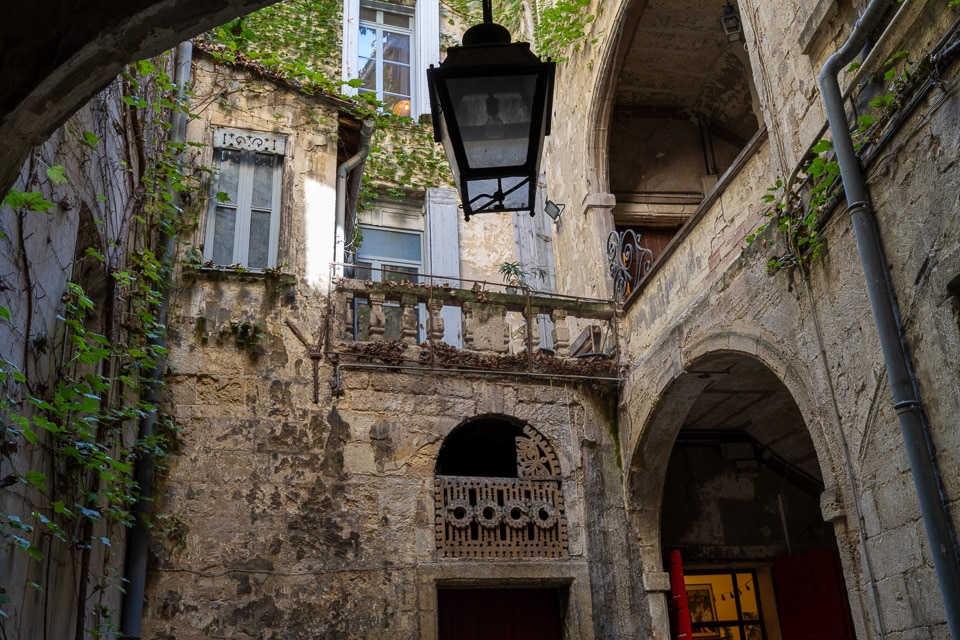
The Scholarly Travel Trend
The Wall Street Journal recently ran a story about the increase in “scholarly travel”. Given the growing number of older travelers and the interest in continuing education, there is a ready market. According to AARP, 44% of adults aged 50+ expected to travel internationally in 2025, up from just 37% in 2024.
With many sorts of programs to choose from. Elective has distinguished itself by keeping groups small – under 10 people – offering structured classes with self-guided free time, and providing 4-star accommodations for the duration. These are seminars, not guided walking tours, and each cohort is bound to enhance the experience by contributing individual viewpoints in discussion.
The big difference between an Elective course and, say, an alumni excursion or education-leaning tour company is the small group size, the personal attention, and the local experts.
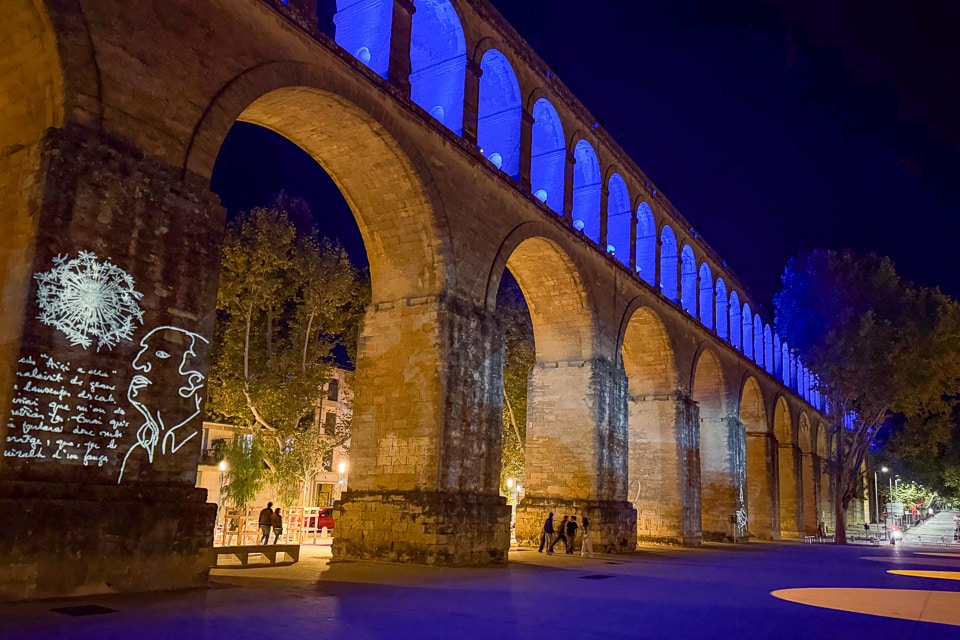
Notes on Montpellier
Montpellier is a university town, a bright historic city near the Mediterranean coast of southern France. It’s the site of one of the oldest universities in the world and of the oldest medical school still in operation. From its medieval center constructed when it was under the Aragon Crown (it was the birthplace of James I), to its 18th Century flourishes, to the 1980s development that heralded both neo-classic and modern architectural additions to the city, Montpellier freely displays the connections between art, power, and daily life over the centuries.
Today the city of about 300,000 people (with about 800,000 in the metro area) is easy to navigate. Trams are accessible and fed by bus lines. Two rail stations feed the inner and outer areas – so be sure you know from whence you are coming and going.
Montpellier-Méditerranée Airport allows for direct connections via major European cities, and the TGV train from Paris is a pleasant four-hour ride.
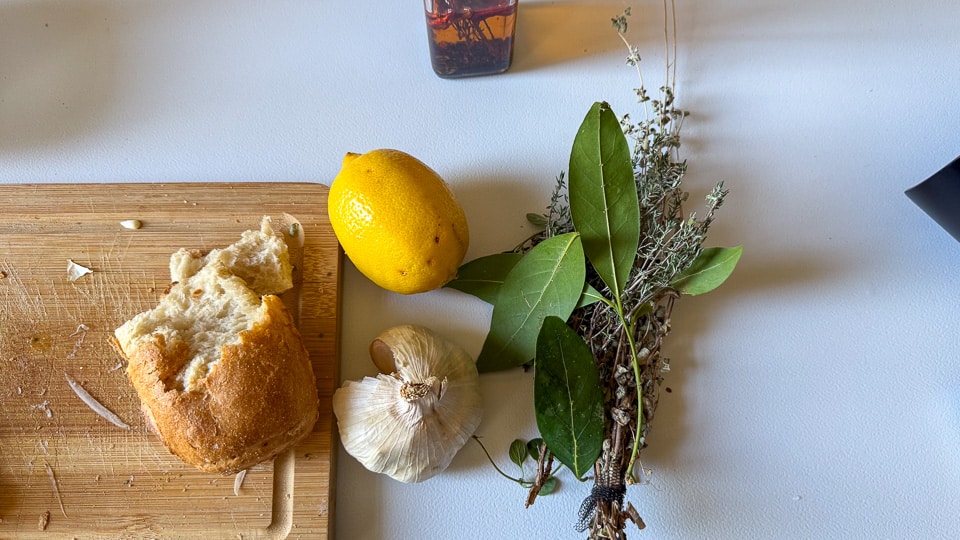
Highlights
As you can glean from above, Montpellier offers great foods, walks, art, and historic context. It’s just the sort of place that underscores our refrain when we show up in a new lovely city like this: “We could live here!”
Our Elective visit to Montpellier was documented to help inform future students. See lots more photos here.
For travelers who want to explore its nooks and crannies and who are interested in investigating the depths of Montpellier’s cultural environment, enroll now in the next Elective Study Abroad course. Or look into Elective's other courses in other cities. You’ll have the fun of learning and ambling about, without the distracting gaggle of college kids moving in packs. This could become a habit.
More: and audio report
Listen in to our report about scholarly travenl and Elective Study Abroad for Travel Writers Radio.
Up Your Travel Skills
Looking to book your next trip? Use these resources that are tried and tested by us. First, to get our best travel tips, sign up for our email newsletter. Then, be sure to start your reading with our Resources Page where we highlight all the great travel companies and products that we trust. Travel Accessories: Check out our list of all the accessories we carry to make getting there and being there a lot easier. Credit Cards: See our detailed post on how to choose the right travel rewards credit card for you. Flights: Start finding the very best flight deals by subscribing to Thrifty Traveler. Book your Hotel: Find the best prices on hotels with Booking.com. See all of the gear and books we like in one place on our Amazon shop.Got a comment on this post? Join the conversation on Facebook, Instagram, or Threads and share your thoughts!

